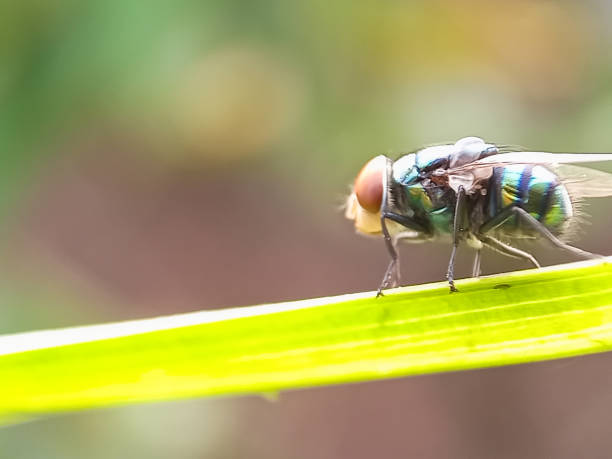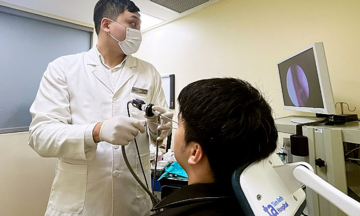On 23/8, US media reported this as the first case in the US since the outbreak in Central America and southern Mexico in late 2024.
South Dakota State Veterinarian Beth Thompson said she was notified of the case last week. An email dated 20/8 from Beef Alliance leadership to livestock businesses confirmed that the US Centers for Disease Control and Prevention (CDC) had identified the case in Maryland. State officials also confirmed the information.
The patient is being treated, and Maryland is implementing preventative measures. The CDC has not yet officially commented.
This case comes just over a week after US Secretary of Agriculture Brooke Rollins and federal officials announced plans to build a sterile fly production facility in Texas to combat the outbreak.
Cochliomyia hominivorax is a dangerous parasitic fly. The female lays eggs in the wounds of warm-blooded animals, including humans. The larvae hatch and feed on the host's living flesh, which can be fatal if not treated promptly. While human infection is relatively rare, it is very dangerous.
Treatment is complex, requiring the removal of hundreds of larvae and thorough wound disinfection. However, with early medical intervention, patients typically recover.
The disease, once common in the Americas, was eradicated from North America and most of Central America through a "sterile insect" program.
 |
Illustration of a fly laying eggs on the edges of open wounds, sores, and scratches. Image: Istock |
Experts predict this case could significantly impact the US beef and cattle market, which is already at record prices due to limited supply. In May, the US Department of Agriculture (USDA) temporarily halted imports of some livestock through southern border crossings due to the rapid spread of the parasite.
The USDA has deployed a system of traps and mounted patrols along the border. However, the agency has faced criticism from some ranchers and market experts for its slow response in boosting sterile fly production. Meanwhile, Mexico is building a $51 million sterile fly production plant in its southern region.
The New World screwworm was eradicated from US territory in the 1960s through a campaign that released hundreds of millions of sterile male flies. The USDA estimates an outbreak could cost Texas alone up to $1.8 billion due to livestock losses, labor, and pharmaceutical expenses.
My Y (Reuters)












